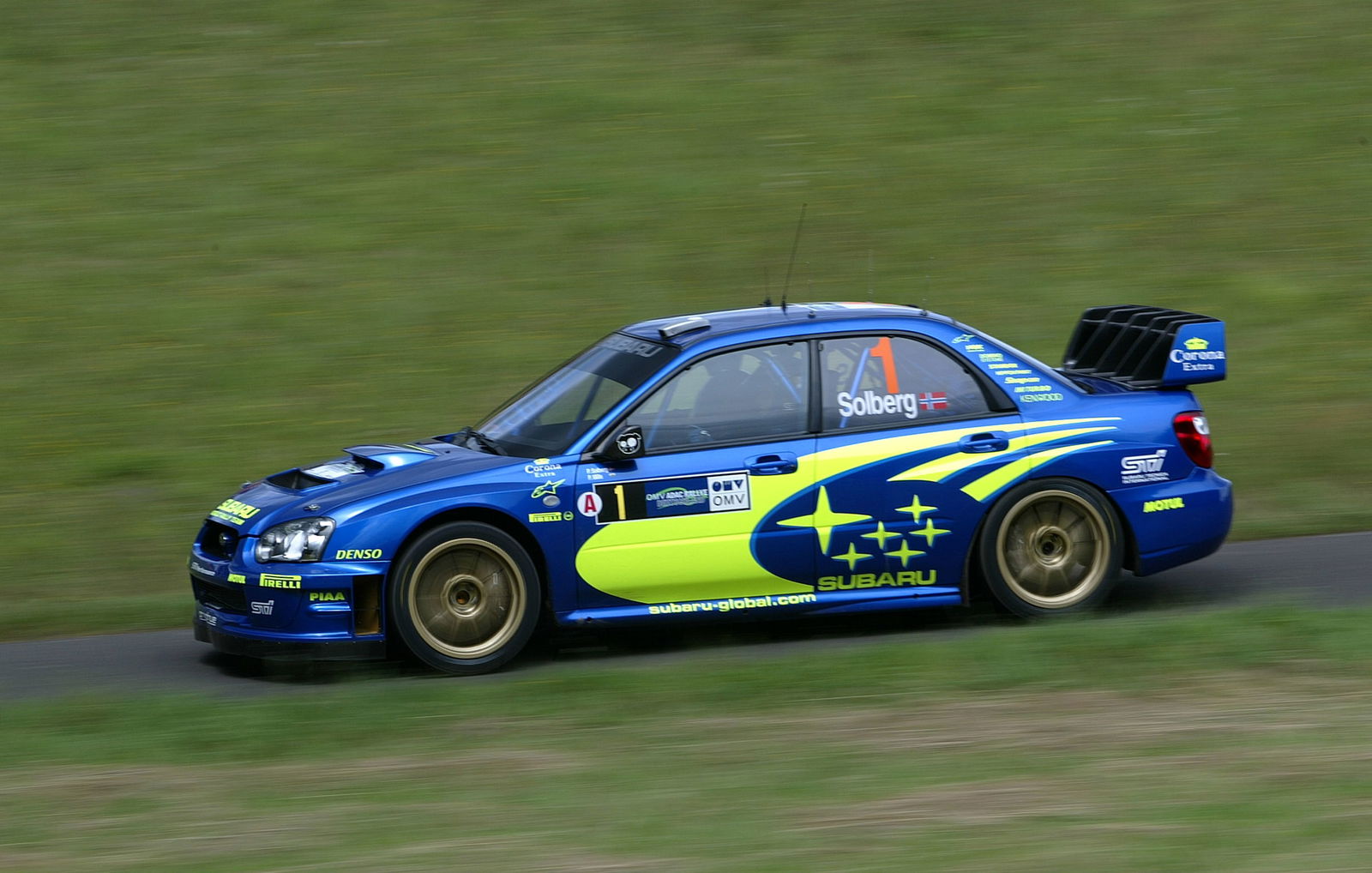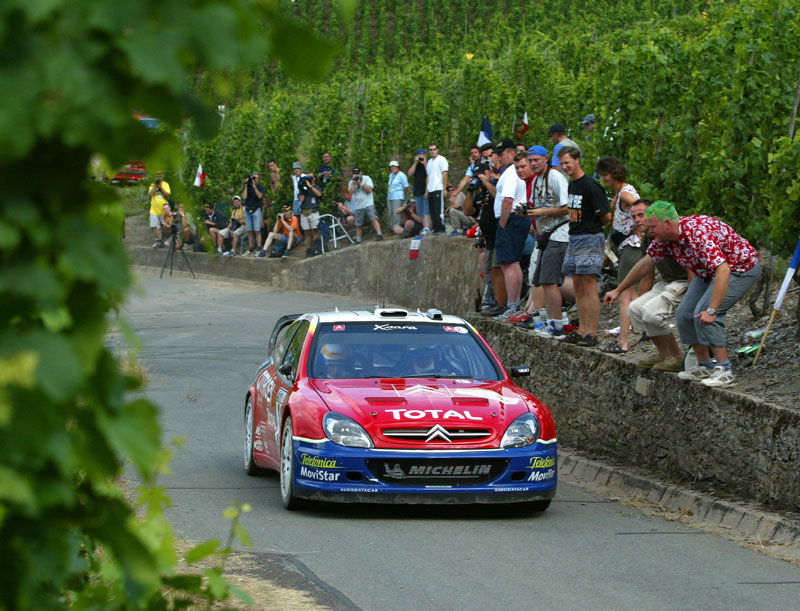Technical talk: Tyres on asphalt and gravel.
Want to know the difference between tyres used on gravel and those used on asphalt?
Then read on...
Tyres designed for gravel have an open tread pattern that dig through loose surfaces to find the hard road underneath and obtain good grip. Driving styles on gravel roads are more aggressive so that the tyres spin and cut through to the solid surface.

Want to know the difference between tyres used on gravel and those used on asphalt?
Then read on...
Tyres designed for gravel have an open tread pattern that dig through loose surfaces to find the hard road underneath and obtain good grip. Driving styles on gravel roads are more aggressive so that the tyres spin and cut through to the solid surface.
Tyres designed for asphalt are quite different. On tarmac the target is to get as much rubber in contact with the roads as possible, so tyres have the least amount of tread permissible. As there is no loose gravel to shift, the highest grip is achieved when the tyre is not spinning or breaking traction.
On gravel a tyre acts as suspension as well, by absorbing bumps and impacts from the road surface. To do that the tyre has a deep sidewall and strong construction that can flex and cushion sharp impacts. Because a gravel tyre is taller than an asphalt tyre, it is mounted on a smaller wheel. But both gravel and asphalt tyres and wheels have the same total outside diameter of 650mm.
On tarmac the bumps are much smaller so the tyre construction is biased towards stiffness rather than springiness. This gives the driver confidence by making a car's handling feel very direct. In order to achieve this, tarmac tyres have a low profile sidewall and an 18inch wheel.
Selecting a tyre compound is all about finding a compromise between grip and endurance. In simple terms, soft compounds give high grip, but wear out quickly and get unstable as they heat up. Hard compounds offer less grip but are more stable and last longer.
The difference between soft and hard compounds becomes more exaggerated in wet conditions. Hard compounds heat up less and so offer less grip. Softer compounds are more predictable in wet conditions, but rain always makes tyre choice tricky.

